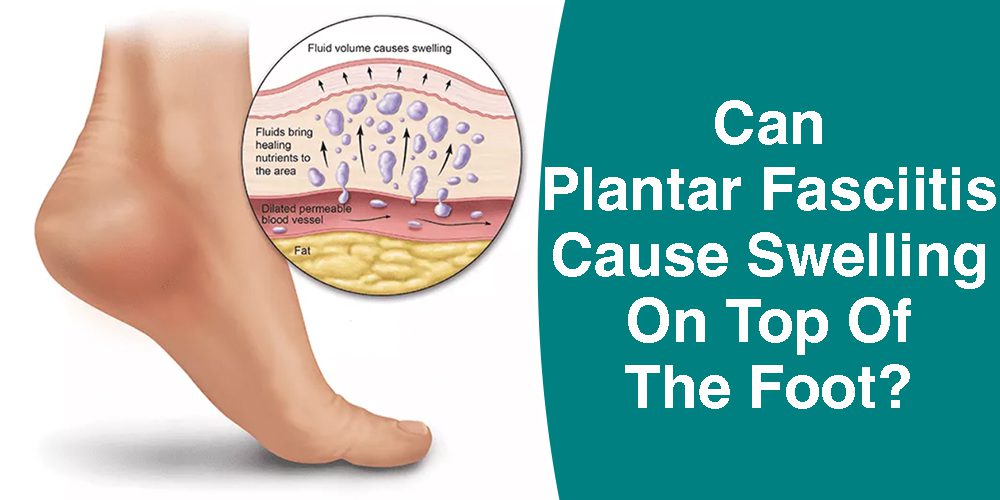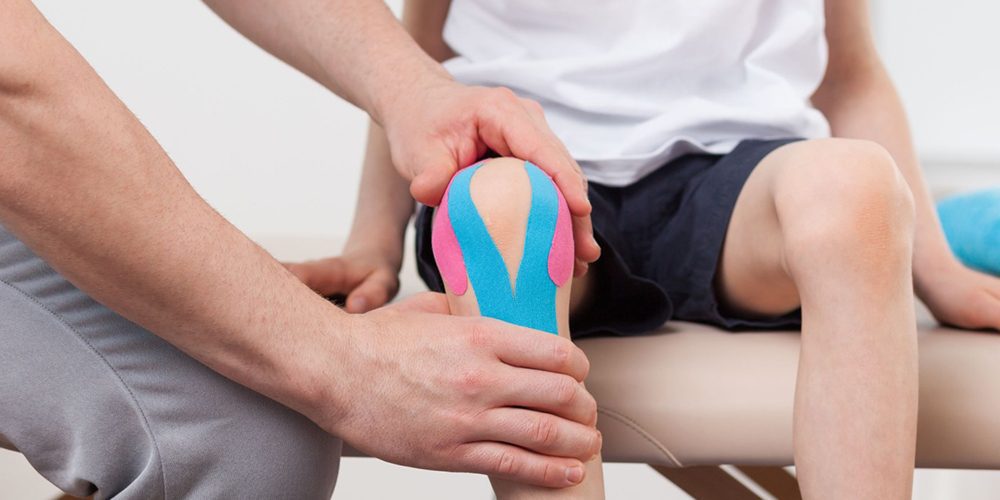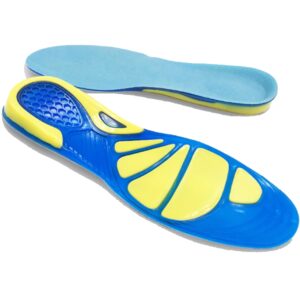Plantar fasciitis is a common foot condition that can cause a lot of pain. The plantar fascia is a band of tissue that runs along the bottom of your foot, and plantar fasciitis occurs when this tissue becomes inflamed. One common question that people have about plantar fasciitis is whether or not it can cause swelling on top of the foot. In this article, we will explore this question and provide some information about plantar fasciitis and swelling.
Does plantar fasciitis cause swelling on top of foot?
Plantar fasciitis is a condition that can cause heel pain and discomfort. And while there are many symptoms and side effects of plantar fasciitis, swelling on top of foot is not one of them. In fact, plantar fasciitis usually causes pain on the bottom of the foot or in the heel. So if you are experiencing swelling on top of your foot, it is unlikely that plantar fasciitis is the cause.
However, there are some conditions that can cause both plantar fasciitis and swelling on top of the foot.
What conditions can lead to plantar fasciitis and swelling on top of foot?
One of these conditions is called “posterior tibialis tendinitis”. This condition occurs when the tendon that runs along the back of the ankle becomes inflamed. This inflammation can then lead to plantar fasciitis, as well as swelling on top of the foot.

Another condition that can cause plantar fasciitis and swelling on top of the foot is “peroneal tendonitis”. This condition occurs when the tendons that run along the sides of the ankle become inflamed. This inflammation can then lead to plantar fasciitis, as well as swelling on top of the foot. If you are experiencing both plantar fasciitis and swelling on top of your foot, it is important to see a doctor to get a proper diagnosis.
What conditions can cause swelling on top of foot?
The most common cause of foot swelling is Edema. Edema is the medical term for fluid retention. When the body retains fluid, it can cause swelling in different parts of the body, including the feet. Edema can be caused by a number of things, such as pregnancy, standing for long periods of time, or certain medications.
Diabetes can also cause foot swelling. When someone has diabetes, their body does not process sugar properly. This can lead to a build-up of sugar in the blood, which can then cause fluid retention and foot swelling.
Pregnancy and menstruation are two additional causes of foot swelling. When a woman is pregnant, her body retains more fluid than usual. This extra fluid can lead to foot swelling. Menstruation can also cause fluid retention, which can then lead to foot swelling.
If you’re allergic to certain food or drugs, you may also experience foot swelling. This is because your body’s immune system will reaction to the allergen by retaining fluid.
In some cases, foot swelling can be a sign of a more serious condition, such as heart failure or kidney disease. If you are experiencing sudden or severe foot swelling, it is important to see a doctor right away.
A poor diet where you eat too much salt and carbohydrates is not necessarily the culprit for foot swelling, but it can contribute to the problem.
The abuse of drugs, alcohol or hormone replacement therapy can also very well lead to swelling on top of foot.
One of the symptoms of extensor tendinitis, besides pain, is swelling on the top of the foot. This condition is usually the result of too much exercise or doing too much too soon after an injury.
A ganglion cyst is a fluid-filled sac that can develop on the top of the foot. This cyst is usually not painful, but it can cause swelling too.
The foot is an area of the body that is especially prone for arthritis. The foot has 30 joints and if one of them is affected by arthritis, swelling on top of the foot can be a result as well. Gout is a form of arthritis that usually affects the big toe, but it can also affect other joints in the foot. Gout can cause a lot of pain and swelling in the affected area.
You see, there is not one condition or cause for swelling on top of the foot. If you’re not sure what causes your foot swelling, it’s best to see a doctor to get a proper diagnosis.
How to reduce swelling on top of foot?
Elevating your feet is one of the best ways to reduce or eliminate foot swelling caused by edema, diabetes, or any other condition. When you elevate your feet, gravity helps reduce the pooling of fluid in your lower legs and feet. This can help reduce swelling and improve comfort. Sitting in a recliner chair is an easy way to keep your feet elevated, and you can also consider products like bed wedges and leg cushions which can help elevate your feet. You may need to experiment with different positions and pillows to find what works best for you. But elevating your feet should be a part of your daily routine if you want to reduce foot swelling.
If you’re struggling with foot swelling, there are a few things you can do to help reduce the inflammation and discomfort. Wearing compression socks or hosiery is a great way to keep swelling down throughout the day. Graduated compression socks are especially helpful in promoting circulation and reducing swelling. Additionally, make sure you’re wearing shoes that fit properly. Ill-fitting shoes can cause further damage to your feet and exacerbate swelling. Finally, icing your feet can also be a helpful way to reduce inflammation and swelling too.

There are several other things you can do to reduce foot swelling, including:
– Increasing your activity level with light exercise such as walking. This helps to circulate the fluid in your tissues and reduce the buildup of fluid in your feet.
– Avoiding standing for long periods of time. If you must stand for long periods of time, try to move around as much as possible and take periodic breaks to sit with your feet elevated.
– Limiting your sodium intake. Too much sodium can cause fluid retention and exacerbate foot swelling.
– Drinking lots of water. This helps to keep your body hydrated and prevent fluid retention.
– Avoiding taking laxatives or diuretics. These medications can actually worsen foot swelling by causing dehydration and electrolyte imbalance.
If these at-home treatments don’t seem to be doing the trick, you may want to consider using a compression pump. This device helps to move the fluid in the tissues back into the blood vessels, which can reduce the pooling of fluid in the feet and ankles. Your doctor can prescribe a compression pump if they think it would be beneficial for you.
Takeaways
There are many different causes of foot swelling, but plantar fasciitis is not one of them. If you’re struggling with foot swelling, there are a few things you can do to help reduce the inflammation and discomfort. Wearing compression socks or hosiery is a great way to keep swelling down throughout the day. You can also try icing your feet, increasing your activity level, and avoiding standing for long periods of time. If these at-home treatments don’t seem to be doing the trick, you may want to consider using a compression pump.
If you have any concerns about foot swelling, be sure to talk to your doctor. They can help you determine the cause of your foot swelling and recommend the best course of treatment.
Do you have any tips for reducing foot swelling? Let us know in the comments below.
As always, pease share your ideas, opinions and exercises with other readers by commenting below. We can all contribute to a better, healthier world if we care about each other. So let’s share what helped you and you may make someone’s life better.





















